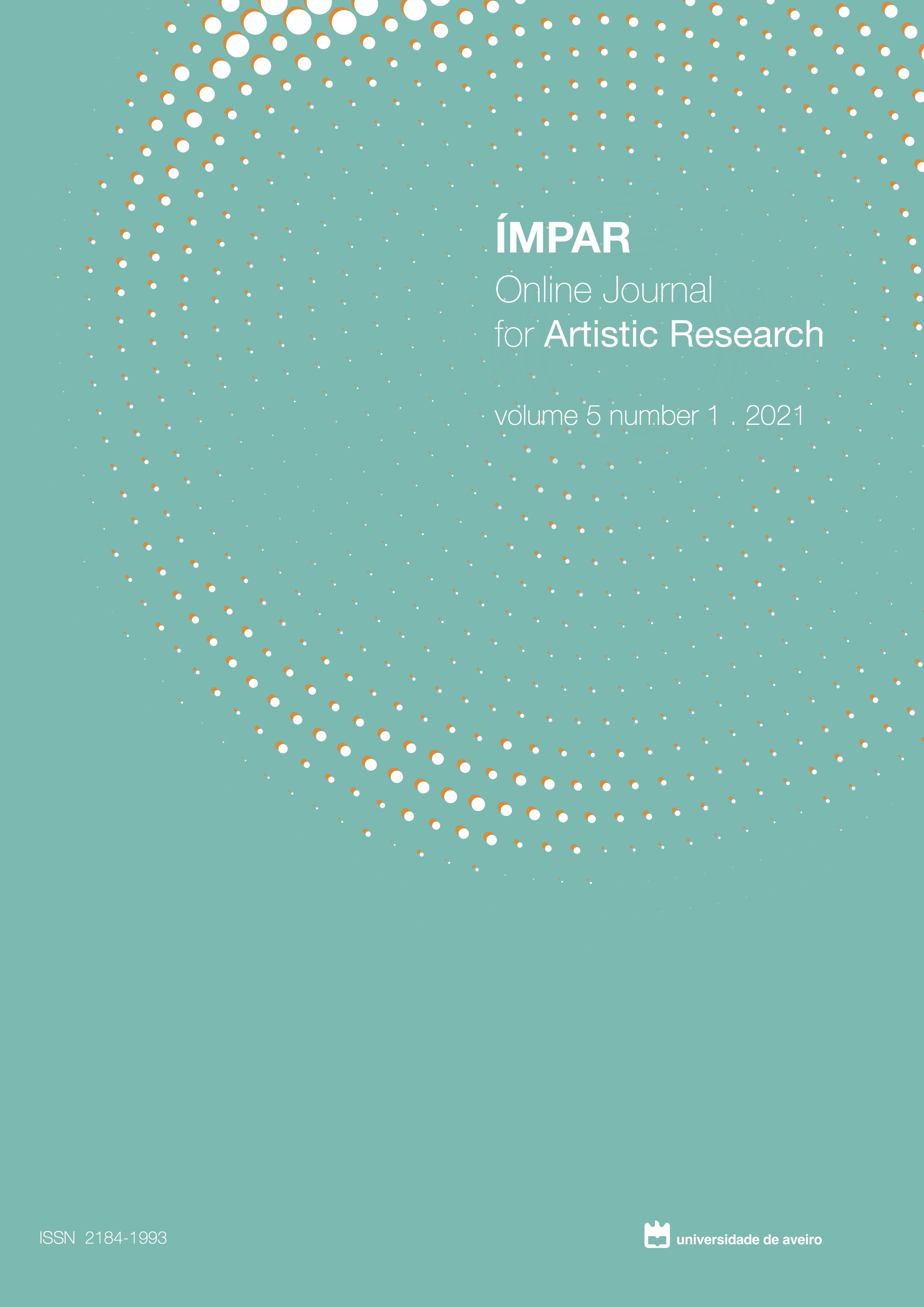Tongue articulation on the Recorder: An interpretation of Ganassi’s ‘Lingua laquale nõ proferisse sillaba niuna’
Abstract
Teaching and learning tongue articulation are usually done through analogy with phonetics. The syllables used become biomechanical metaphors that depend on subjective and often imprecise interpretations both from the expert who is trying to describe his skill and the novice who is trying to acquire it. In Chapter 8 of Silvestro Ganassi’s 1535 treatise La Fontegara, there is an enigmatic description of an articulation where the movement of the tongue goes from one lip to the other. Since this movement is not present in normal speech, no syllable can be used as a biomechanical metaphor. In our opinion, most interpretations of this chapter have not been satisfactory. We have developed a tonguing technique that, although it does not follow precisely Ganassi’s description, can be seen as an approximation to his apparent intentions. The tongue movement is similar to the one used in the zaghareet, an ululation common in Arabic culture. Two recorded examples of Van Eyck’s variations with 32nd notes are included to illustrate the use of the technique in a musical context.
References
Aguilar, P. M. (2008). Fala Flauta: um estudo sobre as articulações indicadas por Silvestro Ganassi (1535) e Bartolomeo Bismantova (1677) e sua aplicabilidade a intérpretes brasileiros de flauta doce. Master Thesis Universidade Estadual de Campinas.
Castellani, M. & Durante, E. (1987). Del portare della lingua negli instrumenti di fiato. Per una corretta interpretazione delle sillabe articolatore nella tratatistica dei secc. XVI-XVIII. Florença: Studio per Edizioni Scelte.
De Lusse, Charles (c. 1761). L’Art de la flûte traversière. Paris (fac-simile edition by Studio per Edizioni Scelte, Florence 1997)
Devienne, François (1794). Nouvelle Méthode Théorique et Pratique pour la flute. Paris: Imbault.
Durso, Nickerson, Dumais, Lewandovsky & Perfect (ed). (2007). Handbook of Applied Cognition. Chichester: John Wiley & Sons.
Ericsson, K. A. (2006). Protocol analysis and expert thought: concurrent verbalizations of thinking during expert’s performance on representative tasks. In K.A. Ericsson et al (ed) The Cambridge Handbook of expertise and performance (pp 223-241). Cambridge University Press.
Ganassi, Silvestro (1980) Opera intitulata Fontegara, la quale insegna a sonare di flauto chon tutta l’arte opportuna a esso istrumento massime il diminuire il quale sara utile ad ogni istrumento di fiato et chorde et anchora a chi si dileta di canto. Florença: Studio per edizione Scelte (fac-simile of the 1535 edition)
Ganassi, S. (1956) La Fontegara. English translation by Dorothy Swainson. Berlin: Robert Lienau.
Ganassi, S. (2002) Oeuvres Complétes vol. 1. Christine Vossart (ed.) (French translation by Jean Philippe Navarre). Brussels: Editions Mardaga.
Gärtner, J. (1981). The Vibrato: with particular consideration given to the situation of the flutist. Regensburg: Gustav Bosse Verlag.
Griffioen, R. (1991). Jacob Van Eyck’s Der Fluyten Lust-Hof. Utrecht: Vereniging voor Nederlandse Muziekgeschiedenis.
Copyright (c) 2021 ÍMPAR: Online Journal for Artistic Research

This work is licensed under a Creative Commons Attribution 4.0 International License.





